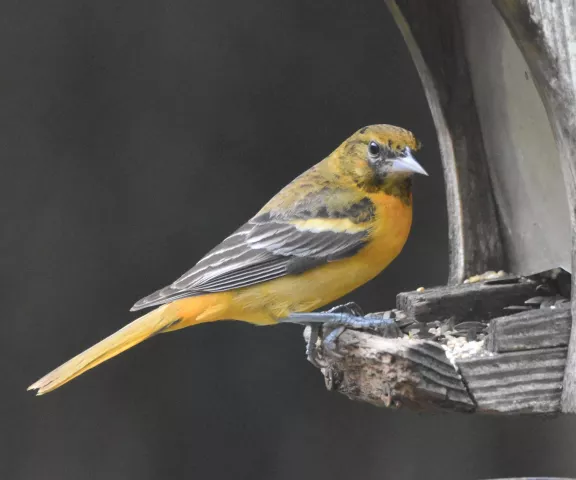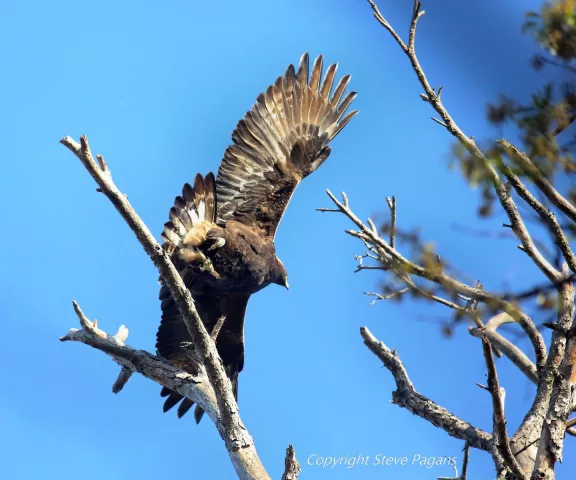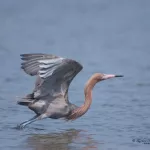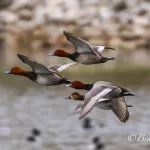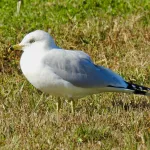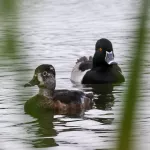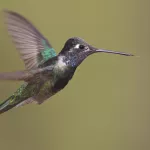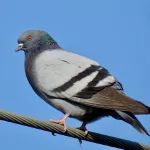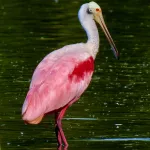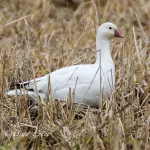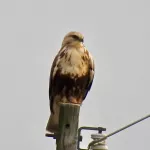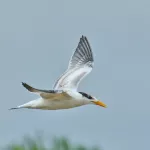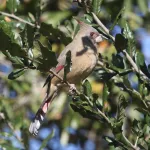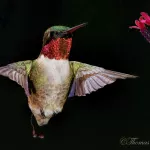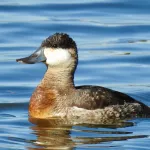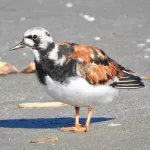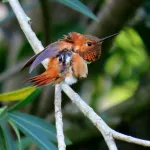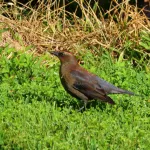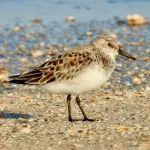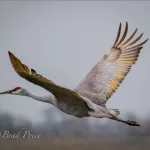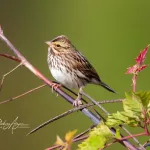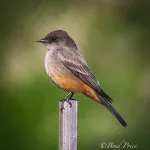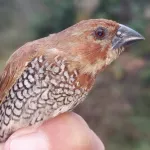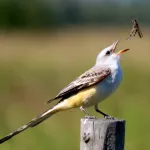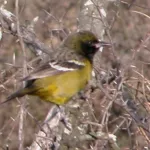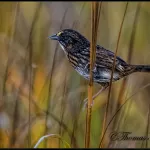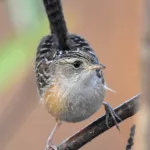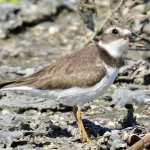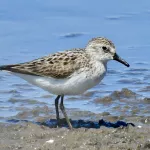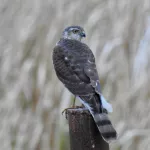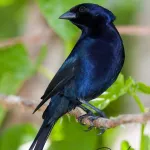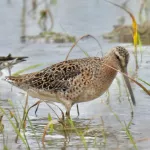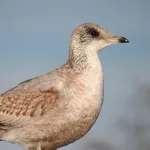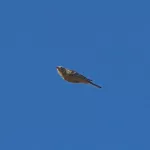The Bonnet Carré Spillway was constructed between 1929 and 1931, following the Great Mississippi Flood of 1927. The spillway continues reducing floodwater threats to New Orleans, which is only 12 miles away.
When not in use to prevent flooding, the 7,600-acre area is home to a matrix of lakes, bayous, and pastures used by outdoor recreationists. Southeastern Louisiana birders have been flocking to this site for decades, recording 264 species to date. Nearly 30 species of waterfowl have been observed here, exceeding that of most birding sites in the country. Likewise, some 30 species of plovers, sandpipers, and other shorebirds have been recorded here. At least a dozen species of gulls and terns have been recorded here, along with 15 species of herons, egrets, ibises, and other wading birds. Other waterbirds of interest include Horned Grebe, Purple Gallinule, Limpkin, Common Loon, Wood Stork, Anhinga, and Brown and American White Pelicans.
Over 20 species of raptors have been reported from Bonne Carré, along with 11 flycatcher species, seven swallows, 16 sparrows, and at least two-dozen warbler species. Add in most of North America's thrush, oriole, tanager, and grosbeak species and you've got the makings of a legendary birding site.
The area provides opportunities for fishing, crawfishing, hunting, camping, and wildlife watching. More specialized activities include ATV and motorcycle riding areas, retriever dog field trials, and model airplane flying competitions. The spillway contains two boat launches and a primitive campground managed by Saint Charles Parish. A Park Ranger staff is on-site to provide visitor assistance.
